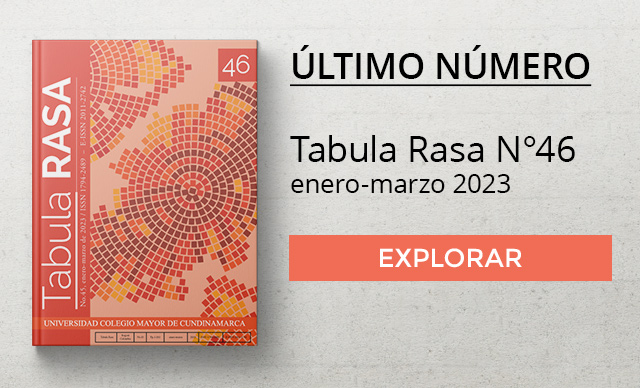Abstract: This paper analyzes the relations between black groups from the Colombian South Pacific and the Order of Hermits of St. Augustine in terms of strains between two different “cultural models”, during a period of transition for ethnic identities and State nationalism. The black group model is related to their ethnogenetic process, which is incubated as resistance to slavery in the 18th century, lasts in their freedom throughout the19th century, and persists a territorialized identity, scattered by-the-river settlements and community perceptions in the 20th century. While the missionary model is explained by its complex interaction between late modernity, world-system, State nationalism, and catholic tradition in Colombia, with which there was a pretension to transform ethnic subjects and regional conditions, guiding them under the ideals of God, Nation and Progress, and grouping them together in villages.
Keywords: Ethnogenesis, black groups, Augustinian missionaries, cultural models, South Pacific, State nationalism.







